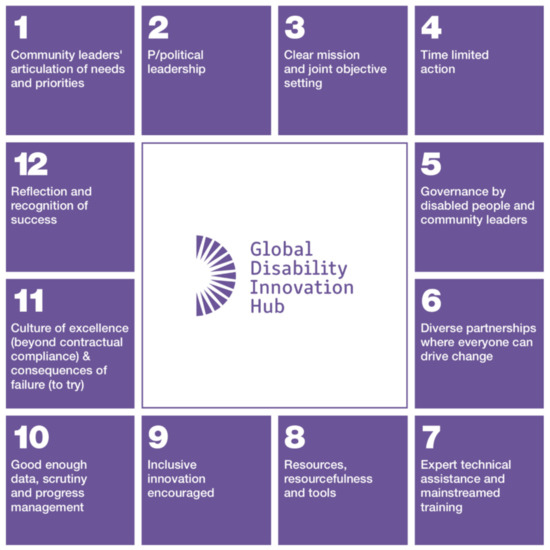“This Is the Story of Community Leadership with Political Backing. (PM1)” Critical Junctures in Paralympic Legacy: Framing the London 2012 Disability Inclusion Model for New Global Challenges
Catherine Holloway, Vicki Austin, Kate Mattick
Aug. 13, 2021
Academic Research Publications
Abstract
The London 2012 Paralympic Games was called “the most successful Paralympic Games ever” (by the then-President of the IPC), and it saw more athletes from more countries than ever before compete and become global heroes for the first time in a redeveloped part of East London which also hosted “the most accessible Olympic Games ever” that summer. However, the model used to design and deliver disability inclusion for London 2012, and its legacy, has never been explicitly written up. This paper presents new primary evidence from first-hand research from those who were involved; retrospectively framing the London 2012 Disability Inclusion Model such that it might be usable and developed for other global disability challenges. We used an adapted Delphi methodology, through four rounds: beginning with an initial hypothesis and testing through semi-structured interviews with ten key players in the London 2012 disability inclusion approach. Using thematic analysis with consensus building surveys and workshops we came to a settled unanimous agreement on the 12-step London 2012 Disability Inclusion Model comprising three parts: (Get ready) community-led mission setting, (Get set) essential building blocks and (Go) enabling a culture of success. The model is presented here, alongside a narrative on its uniqueness and replicability to other major programs, as a public good. We welcome its active use, testing and adaption by others in service of disability innovation for a fairer world.

The resulting 12 Step Disability Inclusion Model of London 2012.